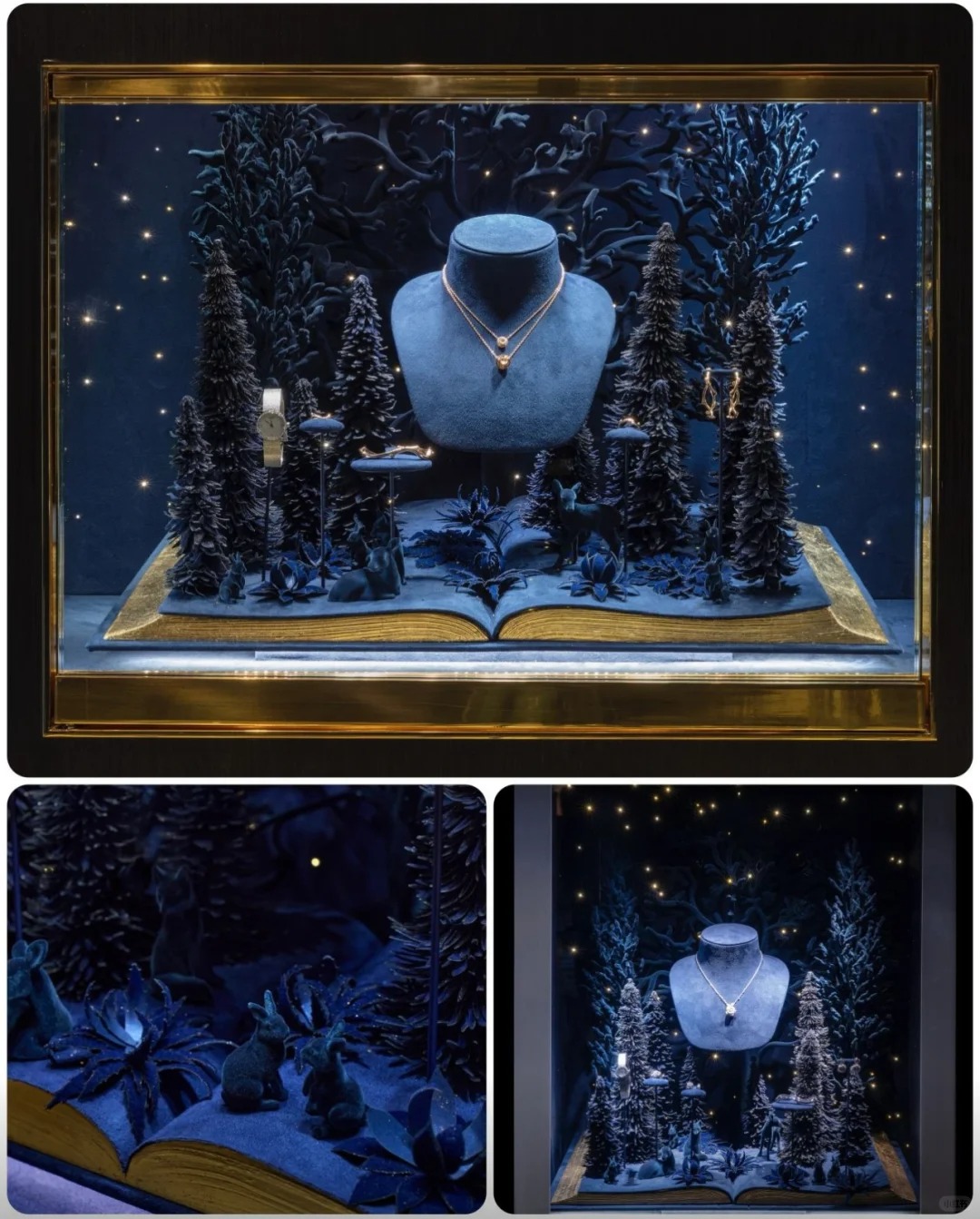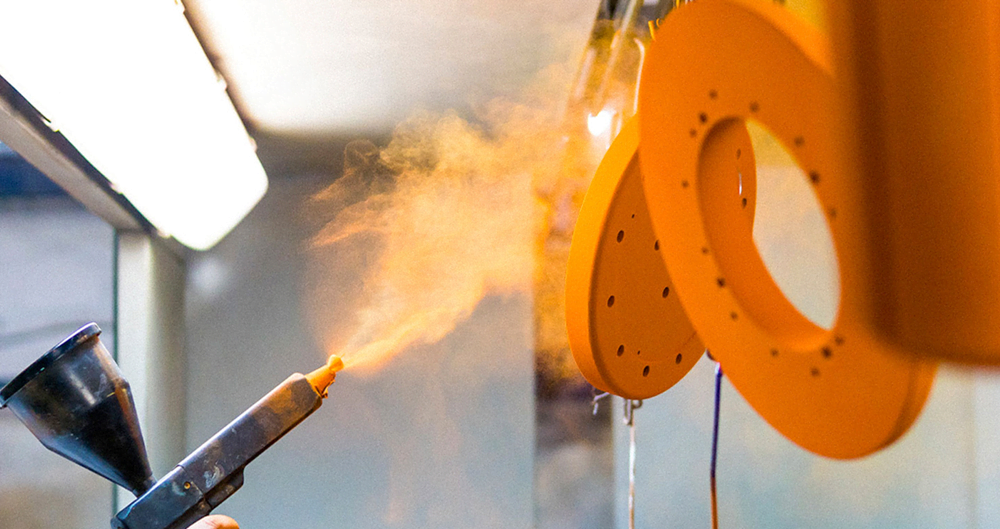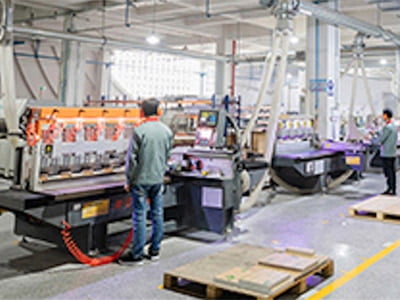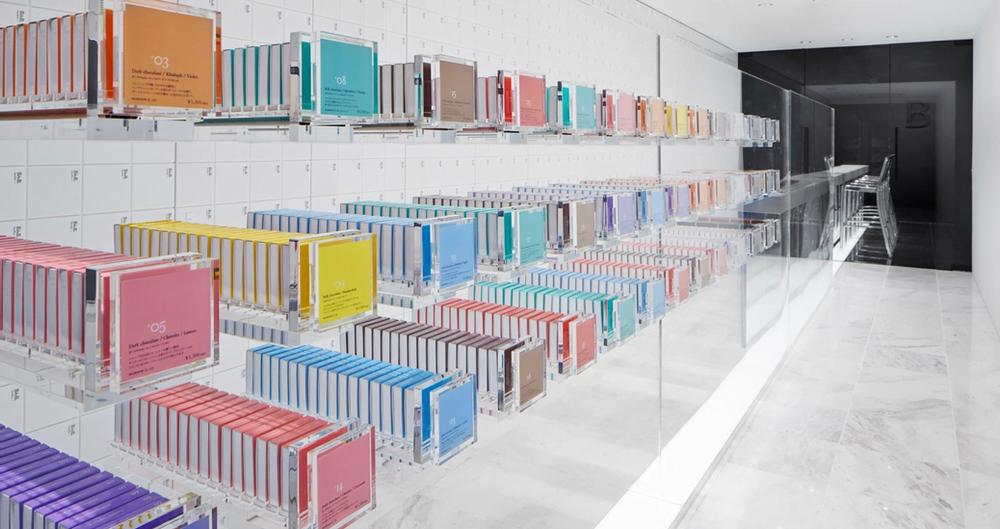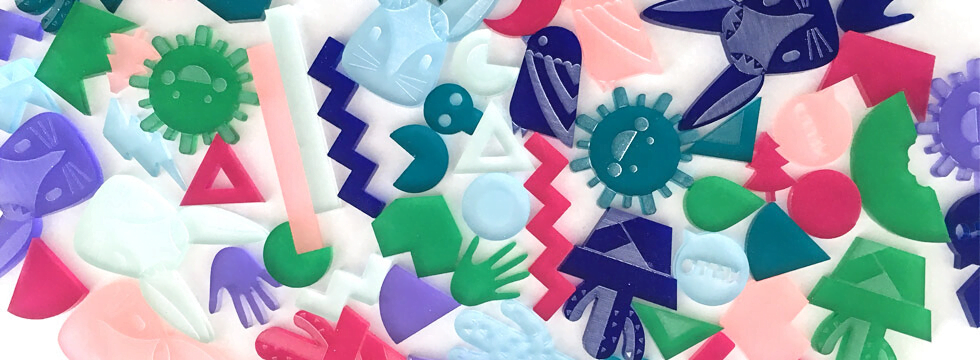How Touch, Reflection, and Surface Quality Influence Customer Perception in Retail Displays
By Yan Luo | Samtop Display
Table of Contents
Material psychology in retail displays helps shape emotional perception — matte signals luxury, gloss conveys tech, and touch deepens brand memory. Use material psychology to build trust, express value, and create brand memory — before a product is even touched.
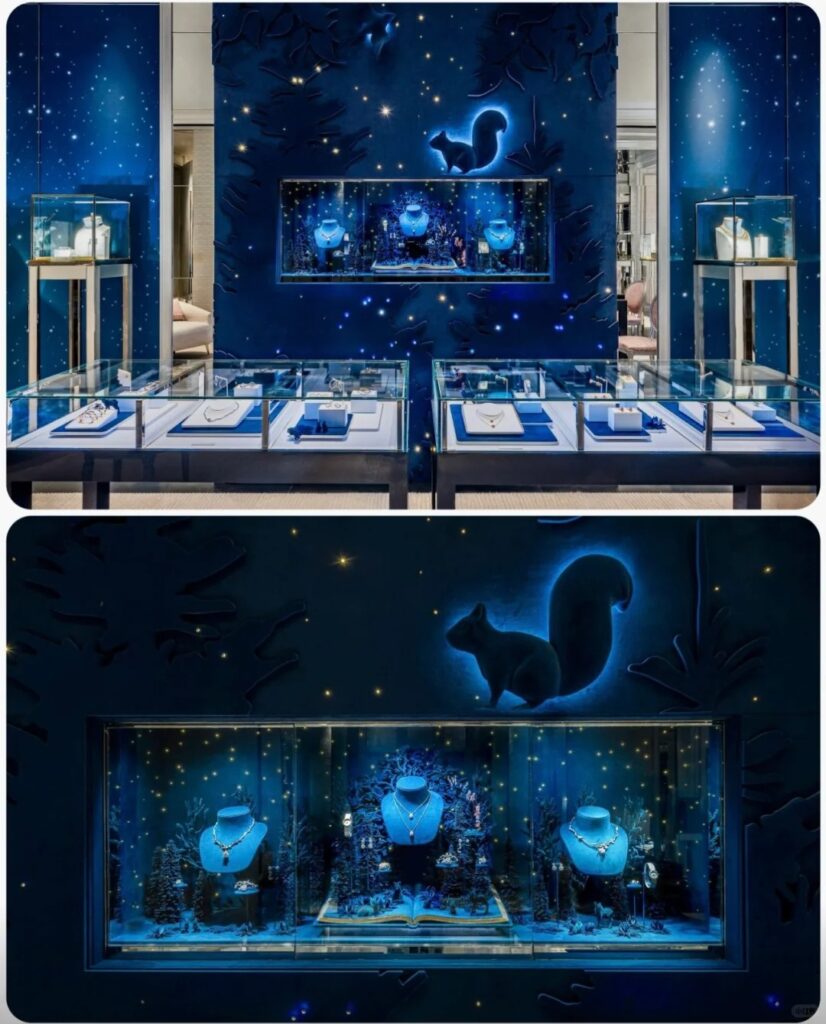
A great display loses impact if the surface feels wrong — too cold, too flat, too cheap.
Customers judge value through subtle sensory cues: Is it heavy? Soft? Clean? Luxurious? A visual mismatch can undermine your entire brand message.
Material psychology in retail displays helps shape emotional perception — matte signals luxury, gloss conveys tech, and touch deepens brand memory.
🧠 The Psychology Behind Texture & Finish
| Material Characteristic | Customer Perception | Emotional Message |
|---|---|---|
| Matte finish | Quiet, modern, intentional | “We’re confident. We don’t need to shout.” |
| High gloss | Clean, sharp, high-precision | “We are bold, clear, and tech-driven.” |
| Soft-touch coating | Skin-friendly, calming | “We value comfort and care.” |
| Brushed metal | Solid, structured, premium | “We’re engineered and permanent.” |
| Textured kraft | Natural, handmade, sustainable | “We are eco-conscious and tactile.” |
| Glass / mirror | Elevated, transparent, dreamy | “We are light, exclusive, and luxurious.” |
💡 Key Insight: Texture is the new tone of voice. Customers interpret finish before reading a single word.
📐 Samtop Material Options by Sensory Profile
| Material Type | Tactile / Visual Cue | Best For |
|---|---|---|
| Velvet wrap | Soft, matte, quiet | Jewelry risers, fragrance pedestals |
| Brushed aluminum | Cool, structured, refined | Logo plates, edge trims |
| UV-coated acrylic | Gloss, smooth, clean | Product trays, tester zones |
| Embossed kraft/card | Textured, handmade, organic | Natural product displays, sustainability stories |
| Stone / terrazzo | Premium, heavy, mineral | Skincare plinths, hero product bases |
| Mirror acrylic/glass | Reflective, immersive | Elevation panels, backdrop layering |
🎁 Bonus: Ask for a Samtop tactile sample kit in your Pantone palette.
🔍 Real Case: Texture Redesign for Clinical Skincare
🟨 Client: Medical skincare brand re-entering premium department stores
🟨 Challenge:
- Old displays felt too sterile and overly clinical
- Needed emotional warmth while keeping scientific authority
- Display required rollout across 30+ stores
🟩 Samtop Solution:
- Swapped gloss acrylic for mineral-texture matte wrap
- Added soft-touch faux leather risers with stitched finish
- Retained identity with brushed stainless logo inlay + mirror halo
- Protected surfaces with felt sleeves inside crate for reuse
✅ Result:
- Shift in customer feedback from “cold” to “clean-luxury”
- Customers instinctively touched surfaces — longer dwell time
- System reused in holiday campaign with minimal upgrades (gold accents)
🛠️ Technical Design Notes
- Matte stone-look wraps offer premium feel with low cost and no fingerprint risk
- Soft-touch PU coatings increase tactility and visual warmth — popular for fragrance, skincare, and jewelry
- Gloss UV laminates provide durable, wipeable finish for high-traffic testers
- Mirror-finished edges add luxury contrast without adding weight
- Texture mixing (matte + gloss) subtly directs the eye and controls rhythm
💬 FAQ: Texture & Finish in Retail Display Design
Q: Does matte always feel more premium than gloss?
A: Not always. Matte feels confident and refined. Gloss signals clarity and luxury when used strategically — especially in modern, tech, or minimalist contexts.
Q: Can I combine matte and gloss in one display?
A: Absolutely. Combining textures creates hierarchy — like a matte base with a gloss logo or soft-touch tray beside a metal panel.
Q: Will textured surfaces increase our cost?
A: Not necessarily. Laminates and wrapped foam can simulate stone, leather, or brushed metal — without heavy material or shipping burden.
Q: Should I prototype surface texture before rollout?
A: Yes. Light behavior, scratch resistance, and customer touch response all vary by region and use case. Testing ensures confidence before scale.
🎯 Conclusion: Surface = Story
Your display surface isn’t neutral — it tells a silent story of value, touch, and trust.
✔️ Use materials that echo your product promise
✔️ Match texture to emotional tone (calm, bold, crafted)
✔️ Let the display feel like the brand — before a word is read
✔️ Design surfaces for touch, light, and memory — not just visuals
📩 Need Help Choosing the Right Texture & Finish?
We’ll help you build display surfaces that align with your brand — emotionally and visually — across every market.
👉 Email: [email protected]
🌍 Visit: www.samtop.com
By mastering material psychology in retail displays, you transform surface into emotional storytelling.
